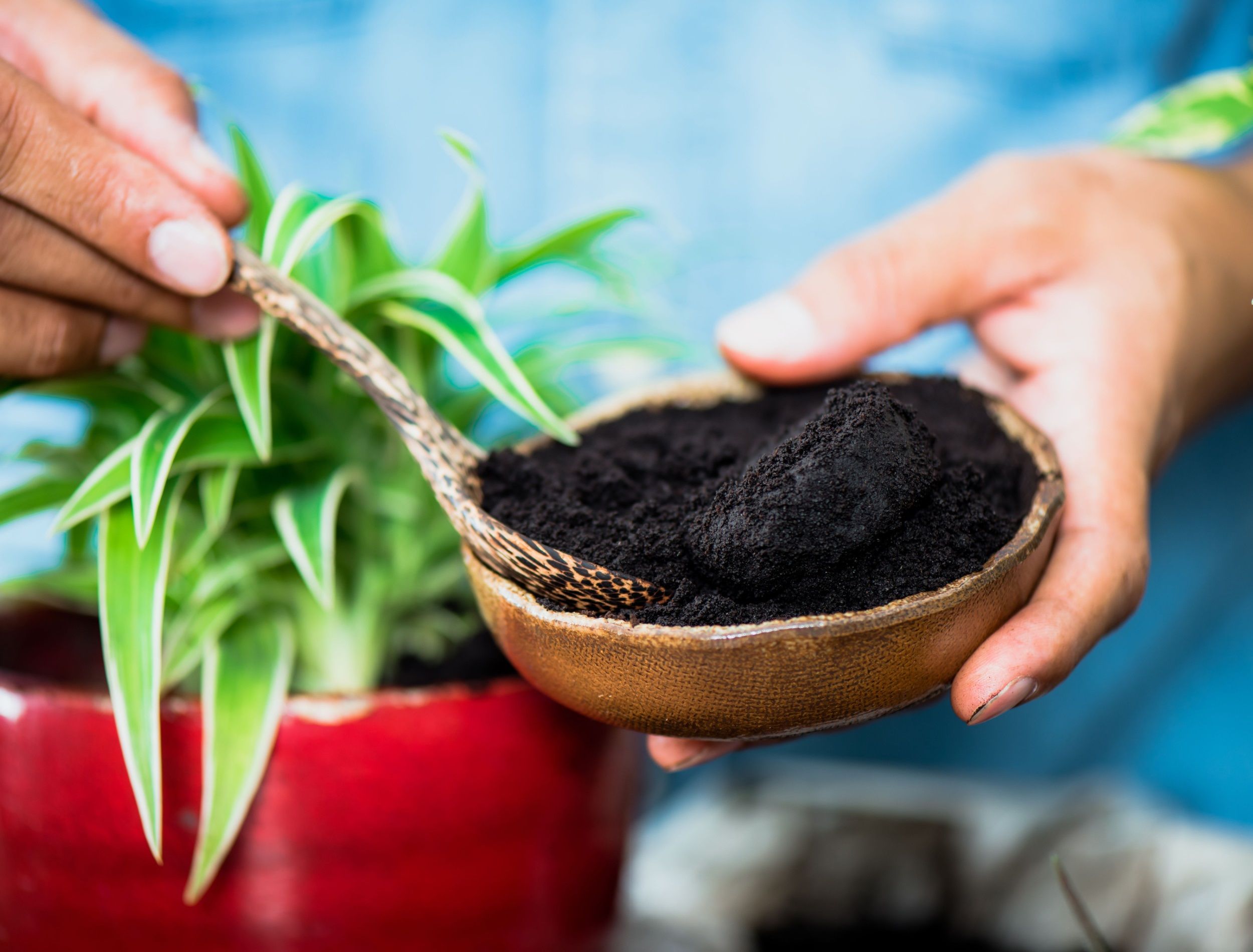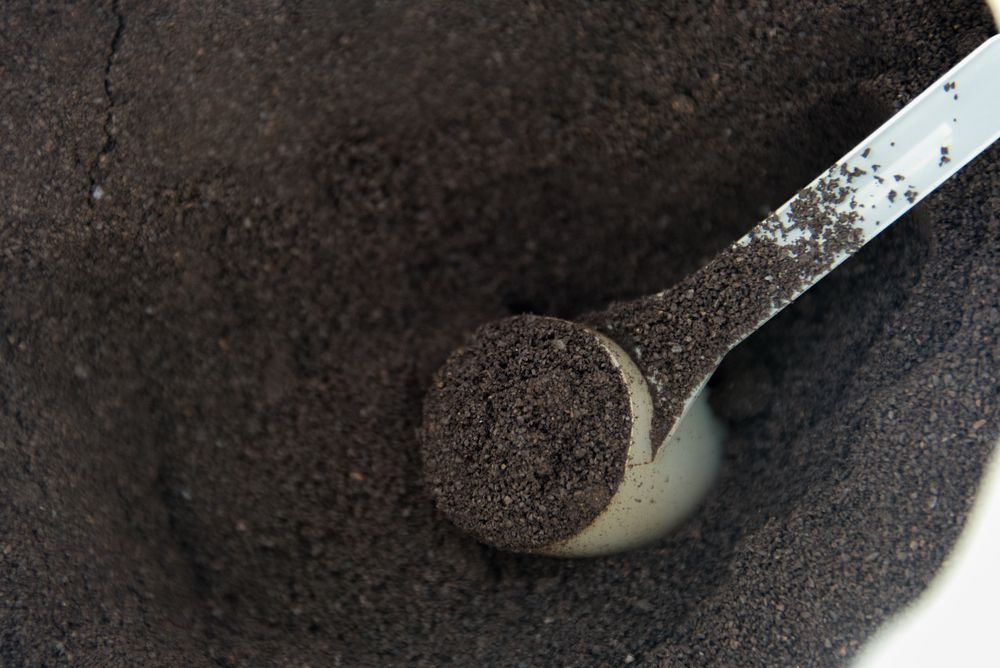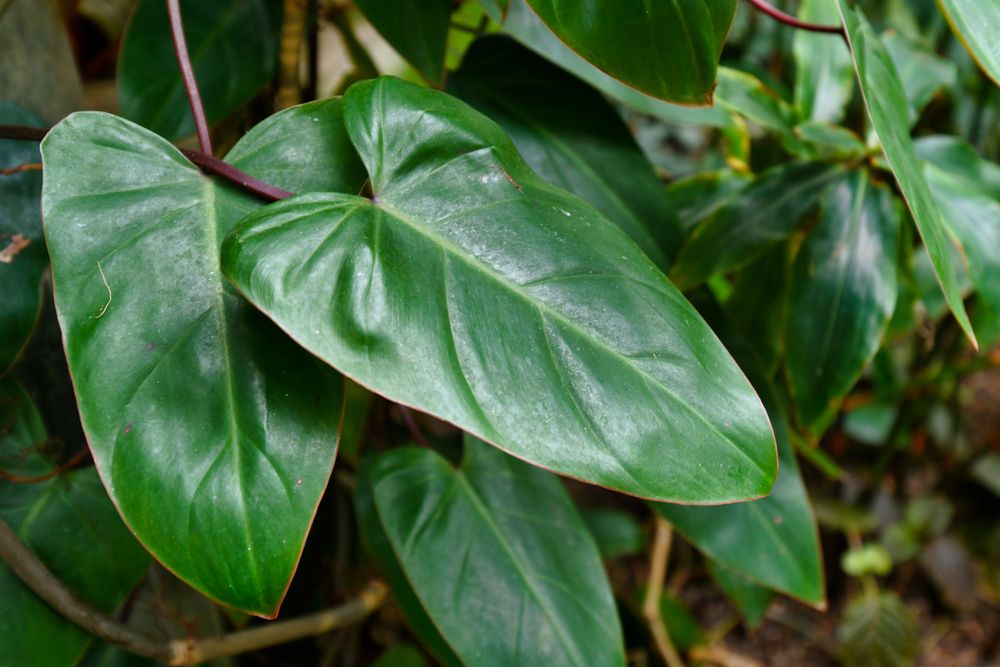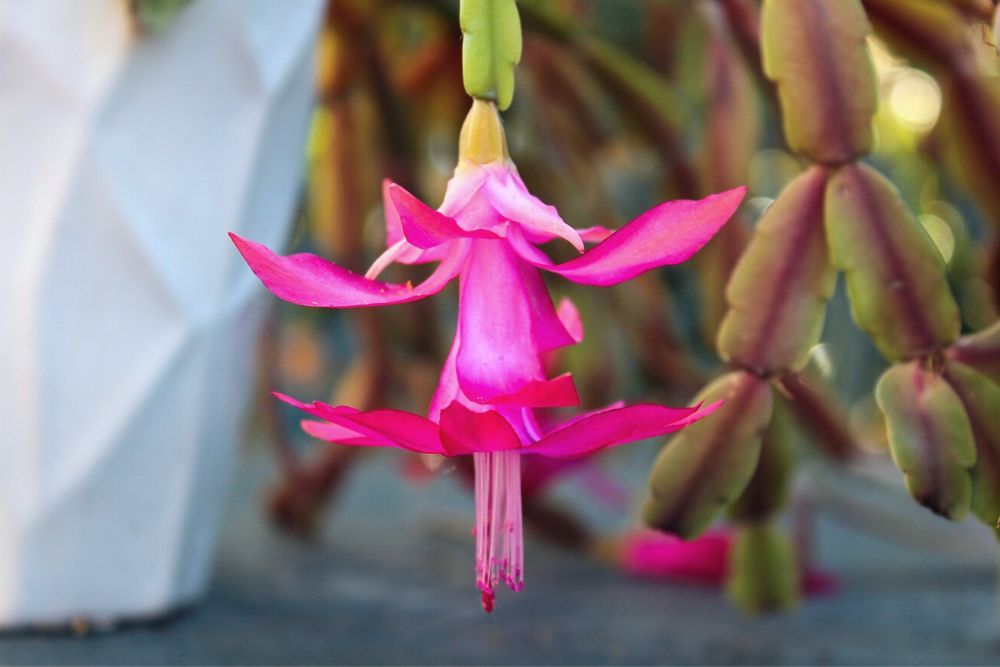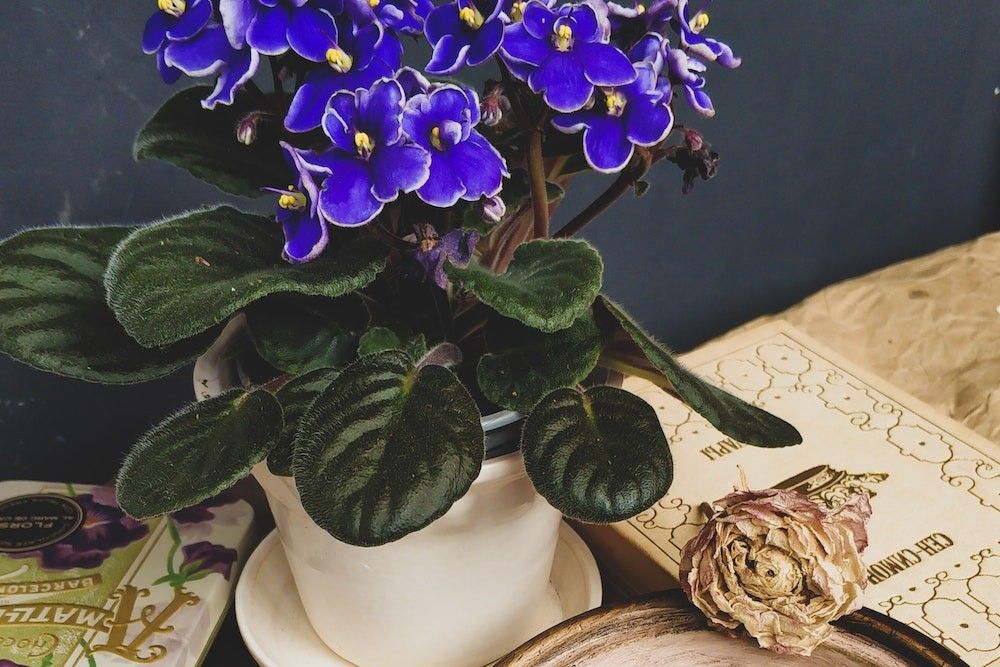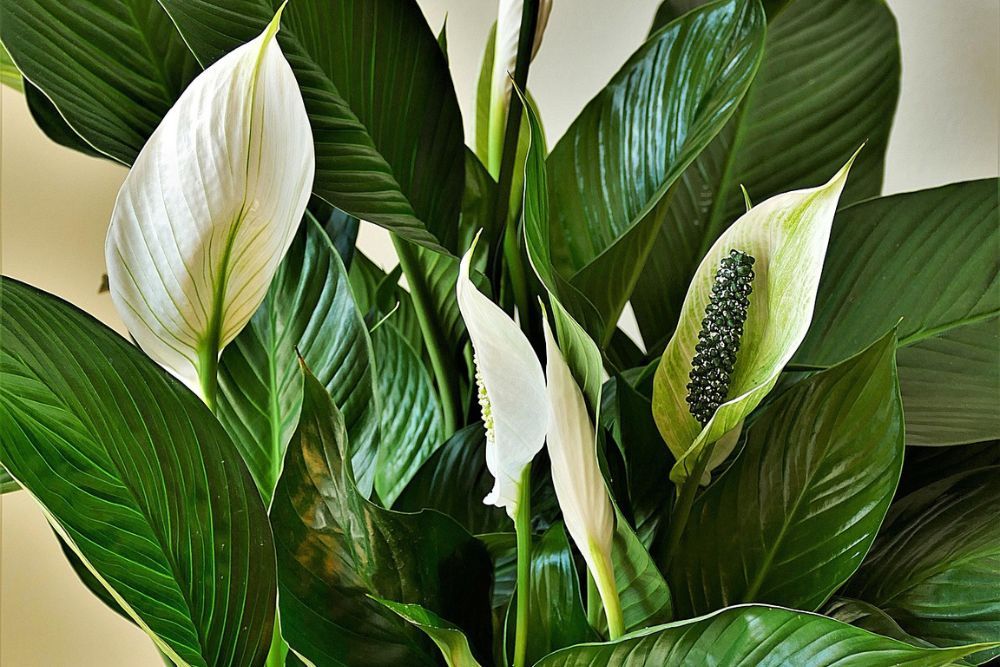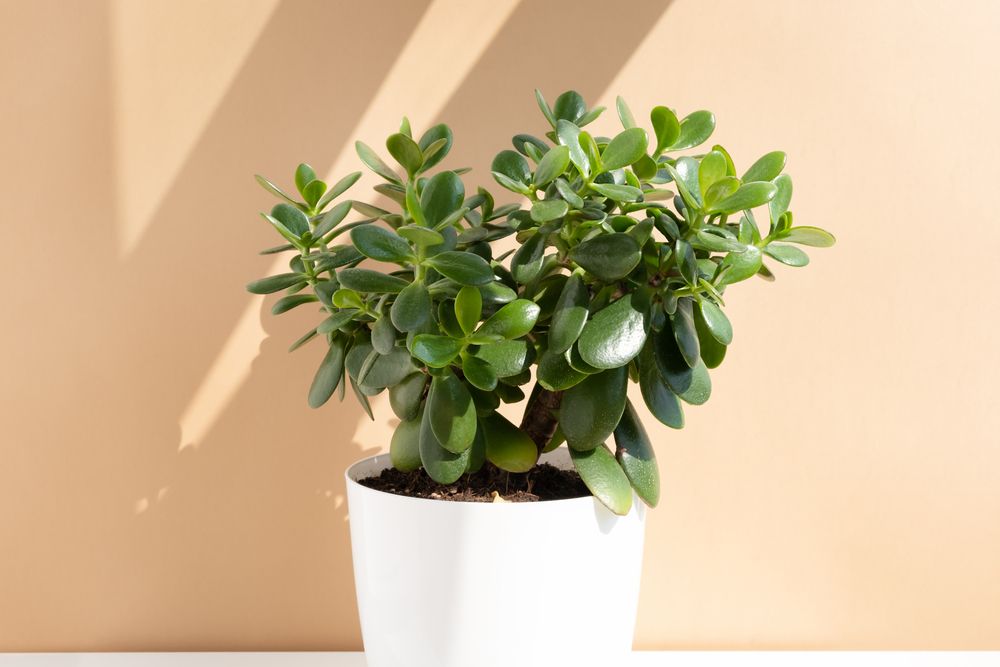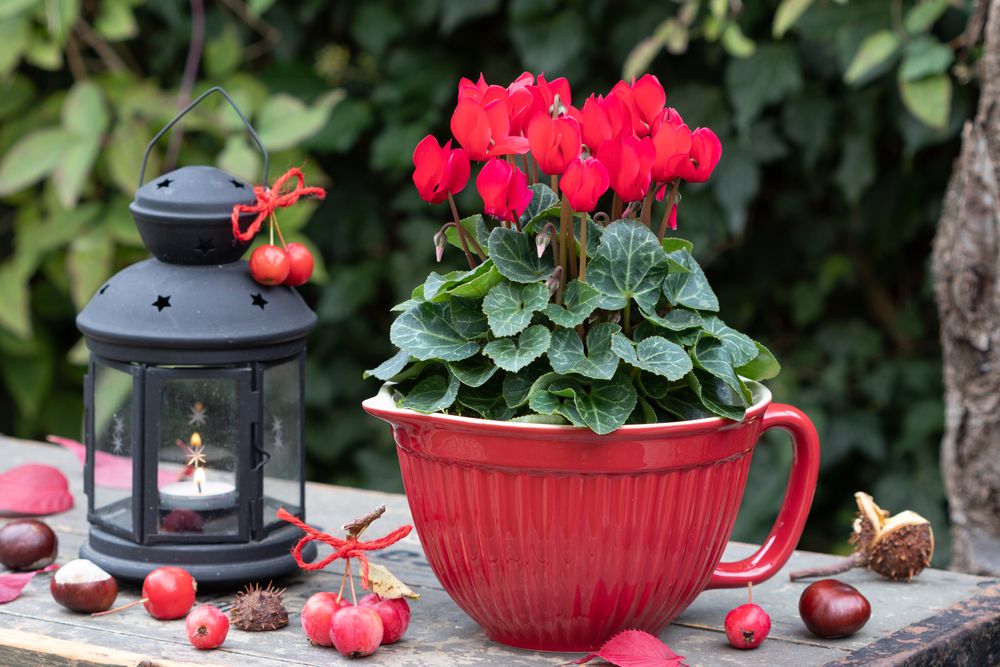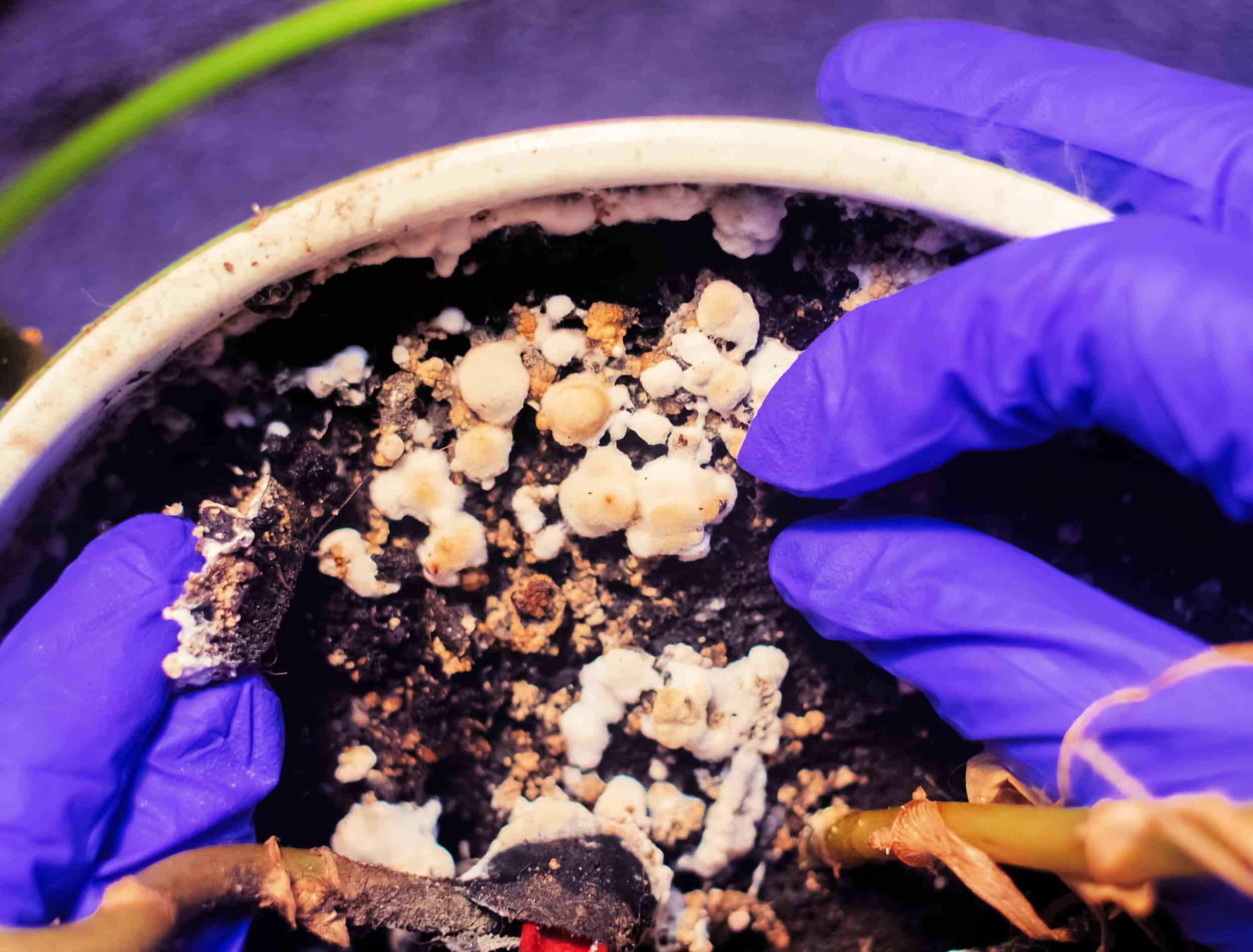If you're a coffee lover, have you ever wondered what to do with all the leftover coffee grounds you collect once you have brewed your morning cup of joe? Well, if you’re looking for an eco-friendly way to repurpose them, look no further! Certain indoor plants go crazy over used coffee grounds!
Yes, it’s true: by giving your beloved greenery some spent beans as a soil amendment, you can improve their growth and vigor. Reward your plant babies (while satisfying your java cravings) with this amazing kitchen staple. Enjoy!
Coffee Grounds for Plants
Image credits: Beach Creatives via Shutterstock
Coffee grounds are an excellent, natural fertilizer for houseplants. Not only do they add nutrients to the soil, but they can also increase the acidity of the soil, making it more suitable for acid-loving plants.
Those grounds are rich in nitrogen, potassium, and magnesium, which helps promote healthy green foliage and strong roots. But, before giving your plants a taste, make sure you dry the coffee grounds to reduce the risk of mold. You'll also want to till the coffee grounds into the soil to prevent compaction.
So, without further ado, here are some examples of plants that love coffee grounds!
Philodendron
Image credits: Shadow Inspiration via Shutterstock
Philodendron is one of the most popular indoor plants in existence. This lovely indoor plant enjoys a slightly acidic soil and is easy to care for! Adding coffee grounds to your philodendron is a great way to give it an extra nutritional boost and slightly increase the acidity in the soil.
To get the most from your coffee grounds, apply them in moderation every four weeks during the growing season (spring and summer). Simply sprinkle a decent amount of dry, used coffee grounds around the base of your philodendron.
Christmas Cactus
Image credits: Bianca Berg via Pixabay
Give your Christmas cactus a festive look and keep it looking beautiful throughout the holiday season with a generous sprinkling of coffee grounds. This cheery plant loves a soil pH of between 5.5 and 6.2, so used and dry grounds are an effective fertilizer for your cactus, helping to promote growth and maintain overall health.
Just spread a light layer over the surface of the soil in November to experience the benefits of this sustainable practice!
African Violets
Image credits: Olga Kalinina via Pexels
African violets are beloved by many who appreciate their delicate blooms and small size. But did you know there is a natural way to help keep your African Violet looking its best? Because this plant thrives in a soil pH of 5.8 and 6.2, adding used coffee grounds to the soil can up the acidity and give it some much-needed nutrients, resulting in healthy and luscious blooms!
Sprinkle a small amount of used coffee grounds around the base of your plant when it looks droopy. Do not overdo it -- a little goes a long way!
Peace Lilies
Image credits: Hoerwin56 via Pixabay
The peace lily enjoys a soil pH of 5.8 and 6.5, so if you’re looking for a way to give your peace lily an extra boost, adding coffee grounds might be the answer. Applying them in early summer will help to promote rich flowering. Just sprinkle a generous amount of dry and used coffee grounds around the base of your peace lily and watch it flourish!
Jade Plants
Image credits: Marina Kaiser via Shutterstock
Jade plants are a favorite amongst succulent enthusiasts because of their unique foliage. And coffee grounds are great for fertilizing jade plants! You can apply them safely with minimal fuss.
To get the most out of this organic fertilizer, apply it every four weeks during the growing season (early spring to early fall).
Spread the coffee grounds evenly around the plant’s base, but be careful not to overload your jade plant with too much fertilizer; too much can cause root burn and other serious damage.
Cyclamen
Image credits: Natalia Greeske via Shutterstock
Cyclamen is a popular choice for winter flower displays because of its bright, cheery blooms. And adding coffee grounds to your cyclamen is a great way to give it the nourishment it needs for lush, vibrant flowers, as well as the slightly acidic soil it deserves.
Simply add a spoonful of the used coffee grounds every four to six weeks to your cyclamen’s soil or compost. These nutrients will help your cyclamen thrive, producing bright, abundant flowers throughout its growing season.
The Flip Side
Image credits: Alona Siniehina via Shutterstock
Coffee grounds can be a great supplement for your outdoor plants. The nitrogen and nutrient content of coffee grounds make them an ideal fertilizer. Simply sprinkle the grounds around the base of your plant, or even mix it into the soil.
However, when using coffee grounds on indoor plants, exercise caution. Because they are so finely ground, they can pack down tightly in soil and reduce aeration. This can lead to fungal growth and a buildup of soluble salts that might damage your plants.
Fruit flies are also attracted to damp coffee grounds, which could become a problem. You may still want to use coffee grounds for your indoor plants, but take proper precautionary measures!
Share Your Morning Cup of Coffee
Used coffee grounds are a fantastic way to give your plants the nutrients they need. And you can feel good knowing that you’re using every last bit of your favorite drink. So, next time you brew a pot of coffee, save some grounds for your greenery. Your plant babies will thank you!
Leave a comment below and let everyone know how it went. And don’t forget to share this article with your family and friends if you found it helpful!

